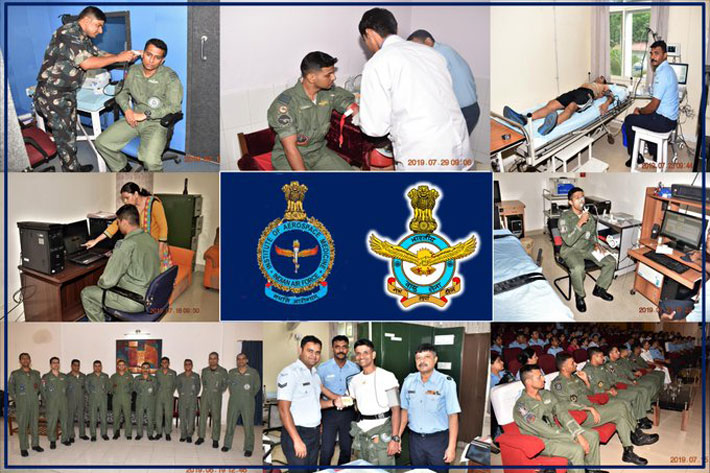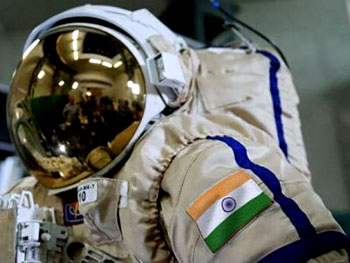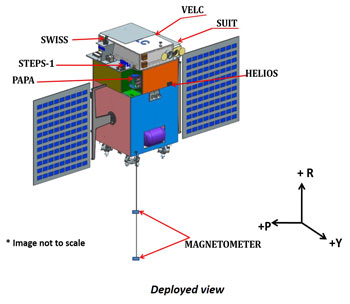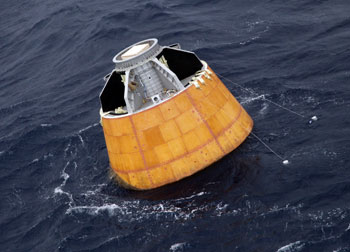INDIAN ARMED FORCES CHIEFS ON OUR RELENTLESS AND FOCUSED PUBLISHING EFFORTS

The insightful articles, inspiring narrations and analytical perspectives presented by the Editorial Team, establish an alluring connect with the reader. My compliments and best wishes to SP Guide Publications.

"Over the past 60 years, the growth of SP Guide Publications has mirrored the rising stature of Indian Navy. Its well-researched and informative magazines on Defence and Aerospace sector have served to shape an educated opinion of our military personnel, policy makers and the public alike. I wish SP's Publication team continued success, fair winds and following seas in all future endeavour!"

Since, its inception in 1964, SP Guide Publications has consistently demonstrated commitment to high-quality journalism in the aerospace and defence sectors, earning a well-deserved reputation as Asia's largest media house in this domain. I wish SP Guide Publications continued success in its pursuit of excellence.
Unmanned Gaganyaan Mission in 2021
ISRO plans to launch at least one unmanned Gaganyaan mission this year in 2021 as at least two successful unmanned missions are needed before the manned missions
 |
The Author is Former Director General of Information Systems and A Special Forces Veteran, Indian Army |

Preliminary studies and technological developments of Gaganyaan, the Indian human space flight mission, started in 2006 under the generic name "Orbital Vehicle". The plan was to design a simple capsule with an endurance of about a week in space, a capacity of two astronauts, and a splashdown landing after re-entry. The design was finalised by March 2008 and was submitted to the Government of India for funding. The funding for the Gaganyaan mission was sanctioned in February 2009. However, it fell short of full political support and obtained limited developmental funding. The first unmanned flight of the ‘orbital vehicle’ was proposed to be in 2013 but later revised to 2016.

Before outbreak of the COVID-19 pandemic, ISRO had announced that it aimed to launch the ‘Gaganyaan’ mission on or before the 75th anniversary of India’s independence on August 15, 2022. Now in an interview with media in January 2021, Sivan told media that, designs for the Gaganyaan mission are getting finalised, following which the realisation will start. He said right now he is not sure of the launch date for the two Gaganyaan missions because of delays on account of the pandemic though initially ISRO’s was to finish the two unmanned Gaganyaan missions by July 2021 and the manned mission by December 2021. However, he says that ISRO plans to launch at least one unmanned Gaganyaan mission this year - 2021. Sivan further said, “We need two successful unmanned missions before the manned missions. In the space environment, there are a lot of ‘unknown unknowns’, which we are not able to understand before the flight. This applies to all missions and not only Gaganyaan. For space missions we take at least two development flights. During the first development flight, we look for any technical deviations of whatever we were expecting and whatever has happened. Based on this observation the second development flight is launched. The aim is to bring out unknown issues... which we had not anticipated on ground.”


Sivan also told media that ISROs highest priority is to implement space reforms. ISRO is establishing IN-SPACe (Indian National Space Promotion and Authorisation Centre) for which applications are being accepted. ISRO is also interacting with the industry. The main space mission this year will be Gaganyaan, the work for which is moving fast, and Chandrayaan-3, for which the configuration has been concluded. The science mission, Aditya-L1 is being progressed. For the Aditya-L1 mission, which will likely be launched by end of 2021, the payload is being developed by the Indian Institute of Astrophysics. Other projects like the radar imaging satellite ‘RISAT-1A’ are also moving ahead. In the next couple of months, ISRO expects to finish the development of the Small Satellite Launch Vehicle (SSLV). We are also concentrating on new technologies such as electric propulsion and indigenisation in the satellite area.
ISRO was developing the Gaganyaan orbital vehicle on the tests performed with their scaled 550 kg Space Capsule Recovery (SRE), which was launched and recovered in January 2007. Prime Minister Narendra Modi accepted the Gaganyaan mission and formally announced it on August 15, 2018. During the Gaganyaan mission, ISRO will perform four biological and two physical science experiment related to micro-gravity. The Gaganyaan mission is to have a crew of two to three astronauts. Despite India having the first case of COVID-19 in January 2020, India sent the four Indian Air Force (IAF) pilots to Russia in early February 2020 to train at Russian space facilities for the Gaganyaan mission. These four astronaut candidates at Moscow were put through theory classes and physical training for their maiden human space flight, followed by resumption of training on May 12, 2020 after a break due to the COVID-19 pandemic at the Gagan Research & Test Cosmonaut Training Centre (GCTC). According to Russian Space Agency ‘Roscosmos’, the four Indian astronauts are in good health, are determined to continue their training and are scheduled to complete their stay at the facility in early 2021.
Now ISRO confirms that the four IAF astronauts will be completing their generic training in Moscow by March or April 2021. The generic training included their ability to withstand the harsh environment—including severe cold weather and the sea and forest environments. As part of the generic training the astronauts also have a few theory classes. The generic training has been successful. With completion of generic training, the astronauts are physically ready for the flight. After their return from Russia, they will be imparted mission-specific training. Some IAF doctors are also part of the training program in Russia to help the astronauts. As part of mission specific training, the astronauts will be trained to handle emergency situations and at the ISRO’s Satellite Integration and Testing Establishment (ISITE) in Bengaluru. This training will continue till the launch of the mission to ensure the astronauts remain physically fit.
Given the dedication of ISRO and contribution in service of the nation, it may well meet its original schedule of launching the maiden manned Gaganyaan mission on or before the 75th anniversary of India’s independence on August 15, 2022, the unmanned mission by end 2021 being the precursor followed by a another unmanned spaceflight.





